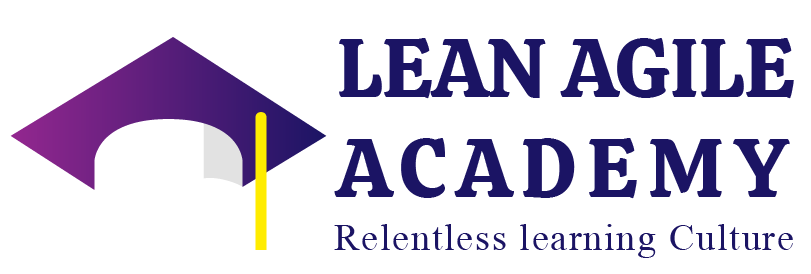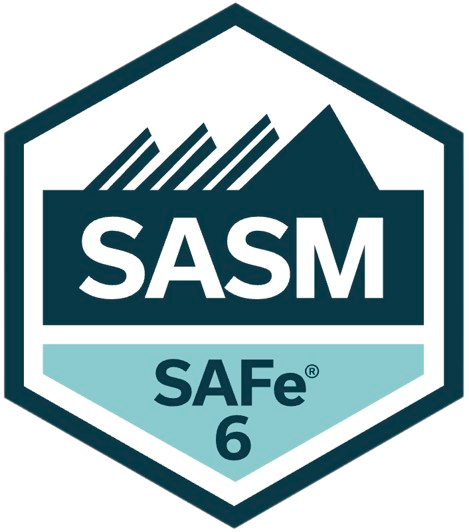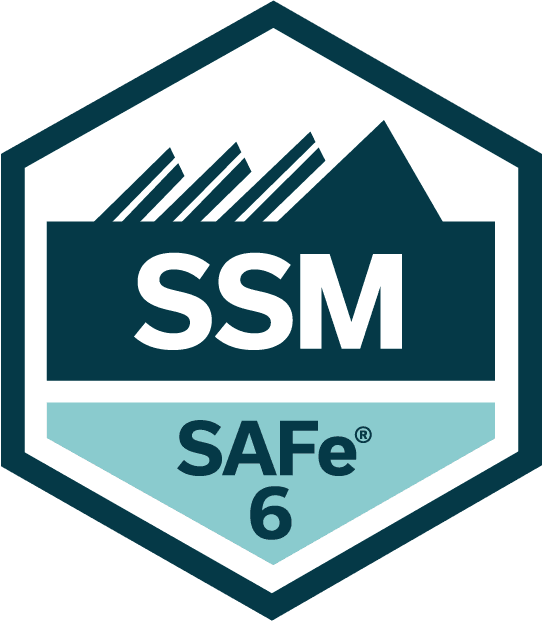Introduction
Efficiently managing workflows and visualizing work progress is crucial for the success of software and operational departments within organizations. Traditional project management methodologies often struggle to handle the complexities and rapid changes in these domains. Enter Kanban, a lean and visual management system that provides real-time visibility, promotes continuous flow, and optimizes productivity. In this blog, we will explore the benefits and implementation of Kanban in software and operational departments, enabling teams to streamline their work processes and achieve greater efficiency.
Understanding Kanban
Originating from the Toyota Production System, Kanban is a methodology that focuses on visualizing work, limiting work in progress (WIP), and optimizing workflow. Kanban uses a visual board with columns and cards representing tasks, providing a clear and concise overview of the entire workflow. By limiting the amount of work in progress, Kanban promotes a steady flow, reduces bottlenecks, and improves team collaboration.
Kanban in Software Development
Visualizing the Workflow: Kanban boards visually represent the workflow, typically divided into columns such as “To Do,” “In Progress,” and “Done.” Each task is represented by a card, providing a clear view of the work’s status and progress. This visibility helps teams prioritize, identify bottlenecks, and make data-driven decisions.
Limiting Work in Progress (WIP): Kanban emphasizes setting explicit limits on the number of tasks that can be in progress at any given time. This restriction prevents teams from taking on too much work simultaneously, reducing context switching and improving focus and quality.
Continuous Flow and Cycle Time: By maintaining a continuous flow of tasks, Kanban enables faster delivery and shorter cycle times. Teams can monitor and measure the time it takes for tasks to move from one column to another, identifying areas for improvement and optimizing processes.
Flexibility and Adaptability: Kanban allows for flexibility and adaptability to changing requirements. As new tasks emerge or priorities shift, the Kanban board can be easily updated to reflect the changes. This flexibility ensures that teams can respond quickly to evolving needs.
Kanban in Operational Departments
Streamlining Processes: Kanban helps operational departments streamline their processes by visualizing and optimizing workflows. Whether it’s managing customer support tickets, procurement processes, or maintenance tasks, Kanban boards provide a clear overview of tasks, status, and bottlenecks, enabling efficient resource allocation and prioritization.
Transparency and Collaboration: Kanban promotes transparency and collaboration within operational teams. By visualizing tasks and their progress, everyone can easily see who is working on what and how tasks are progressing. This transparency fosters better communication, coordination, and a shared understanding of workload and priorities.
Continuous Improvement: Kanban encourages a culture of continuous improvement within operational departments. Regular review and analysis of the Kanban board help identify areas for optimization, such as eliminating unnecessary steps, reducing cycle times, and improving overall efficiency.
Implementing Kanban Successfully
Map Your Workflow: Understand your current workflow and identify the different stages and steps involved. Map these stages onto your Kanban board, creating columns that represent each stage of the process.
Visualize the Work: Use a physical or digital Kanban board to visually represent tasks and their progress. Assign tasks to cards and move them across the board as they progress through the workflow.
Set WIP Limits: Determine realistic limits for each column to prevent overloading and maintain a smooth flow. Experiment with different limits to find the optimal balance between productivity and capacity.
Continuous Monitoring and Improvement: Regularly review the Kanban board to identify bottlenecks, areas of improvement, and potential optimizations.








